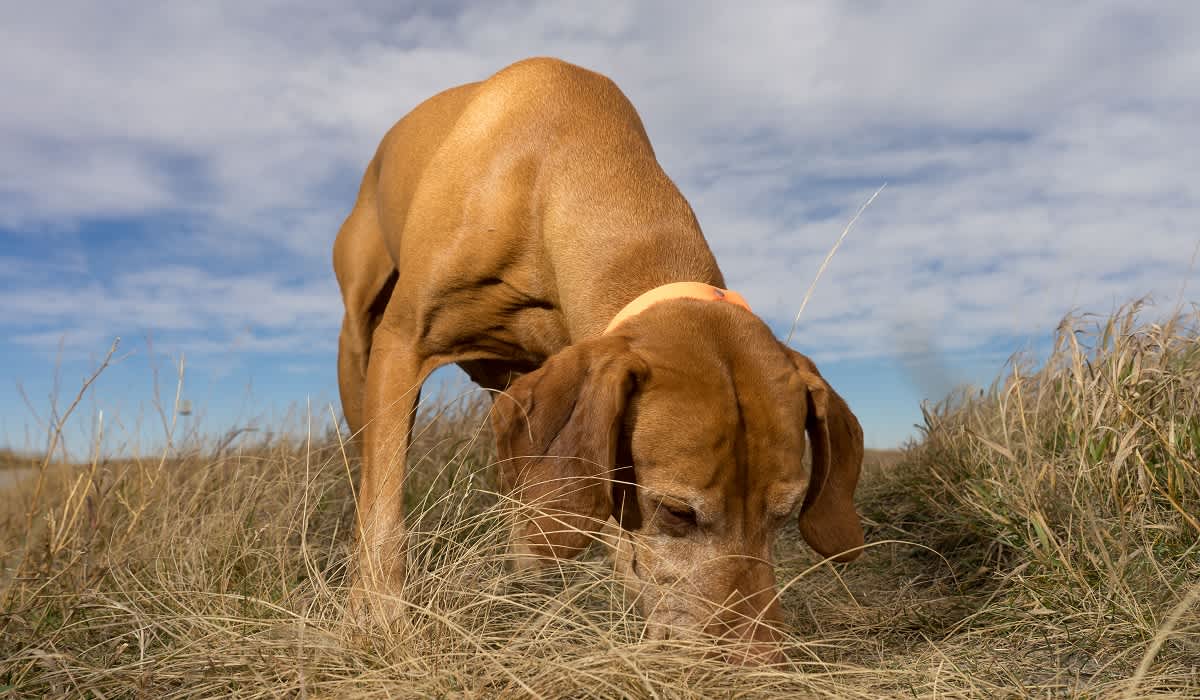Scientists Hope Disease-Sniffing Dogs Can Help Detect CWD Faster Than Ever Before
OutdoorHub Editor: Keenan Crow 03.06.20

Chronic wasting disease first appeared in Pennsylvania back in 2012. Now, researchers at the University of Pennsylvania are exploring some ‘off-the-wall’ measures to identify the fatal neurological disease in deer and other cervid species before they expire. One approach UPenn is exploring is the use of disease-sniffing dogs to detect CWD in deer feces in one of three new research projects receiving $1 million from the Pennsylvania Department of Agriculture.
According to Penn Live, the department is supplying $242,246 for the project, which will be led by Cynthia Otto, professor and director of Penn’s School of Veterinary Working Dog Center.
Chronic wasting disease – which has also been referred to as “zombie deer disease” – is highly infectious and capable of staying dormant in an animal for an extended period of time before symptoms start to show. Experts also believe the disease can lay dormant in soil for years and still infect another animal. Not good!
The toughest part about diagnosing infected deer is that scientists have only been able to confirm the presence of CWD post-mortem by testing the animal’s brain tissue or lymph nodes.
This leads to the other two projects being explored by the university..
Penn Live claims the two additional projects will aim solely towards developing a live-animal test for chronic wasting disease, in hopes that it can successfully combat the spread of CWD. $561,000 will be granted to a project led by University of Pennsylvania School of Veterinary Medicine biochemistry professor Anna Kashina, while $196,754 will go to a project by Davin Henderson, a protein chemist and founder of CWD Evolution LLC.
“Scientists have made significant progress toward better understanding Chronic Wasting Disease in isolating genes associated with the disease,” Agriculture Secretary Russell Redding explained. “These projects show potential to build on that progress by speeding diagnosis, helping scientists better understand how CWD progresses and ultimately, learn how to keep it from spreading.”
In terms of how this will affect deer hunting in the state; hunters in deer management areas (DMA) in Bedford and Fulton Counties stand to be the most affected, as CWD seems to be most concentrated in wild deer in the south-central parts of the state. DMAs now cover more than 8,000 square miles of Pennsylvania.
Last year, landowner resistance forced officials to withdraw an effort to control the spread of CWD in Bedford and Blair county by reducing deer numbers through targeted removal. This situation led to the eventual creation of an anti-targeted removal organization, Sportsmen of the Future. The Pennsylvania Game Commission has since proposed a new plan for slowing the spread of CWD that includes targeted removal when needed, more deer tags available, strict feeding bans, the banning of urine-based deer attractants and a considerable crackdown on the transportation of deer heads and other parts to areas outside of DWA zones.

